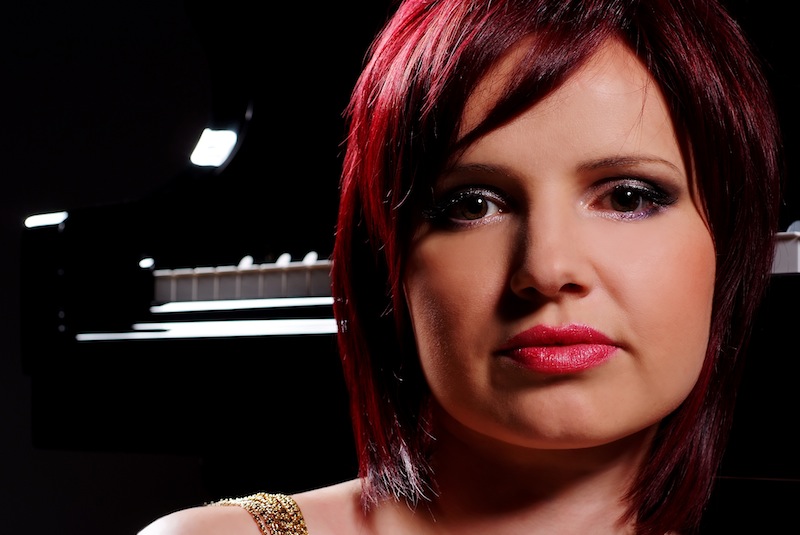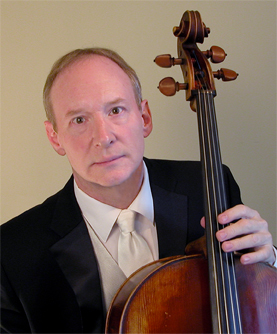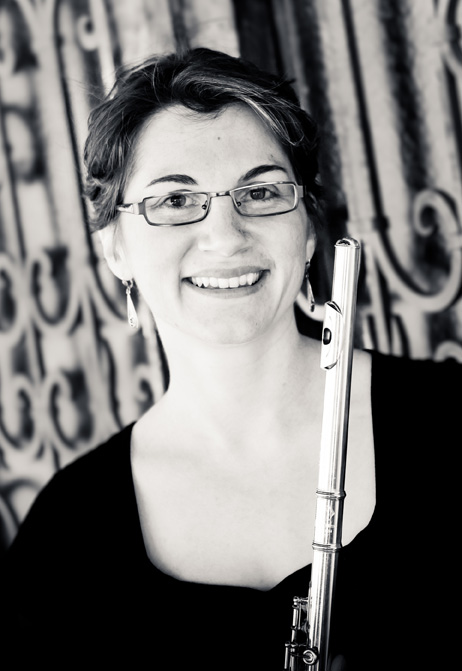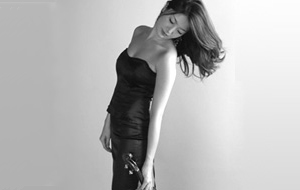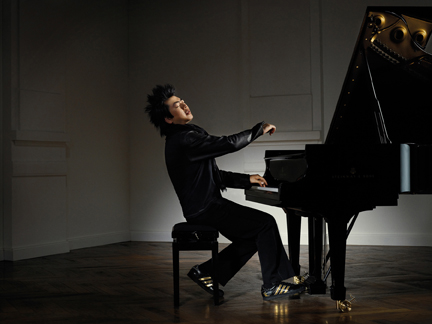Festival Chamber Music has been presenting five annual chamber music programs in New York for 18 season; it has become a pillar of the city’s musical life. The rotating members are all top-flight freelance musicians, busy as soloists, orchestra players and teachers; the group has built up a large, loyal following, which always fills the hall to overflowing.
For their final concert of the 2010-2011 season, the players had selected familiar favorites by Mozart and Brahms, and an unfamiliar novelty: a Quartet for Bassoon and Strings by Bernard Garfield, a name well-known only to listeners of “a certain age.” Born in 1924, he was one of the most famous and esteemed bassoonists of the mid- and late 19-hundreds: founder of the New York Woodwind Quintet in 1946; principal bassoonist of the New York Little Orchestra Society and the New York City Ballet from 1949 to 1957; principal bassoonist of the Philadelphia Orchestra from 1957 to 2000. He has written numerous chamber music works featuring his instrument; the Quartet on this program dated from about 50 years ago and seemed most strongly influenced by Béla Bartók. Naturally written very idiomatically for the bassoon, it is a real bravura piece, vividly illustrating both its serious and its humorous characteristics. The slow middle movement sang in long melodic lines; the two corner movements, “Allegro con spirito” and “Allegro scherzando” were indeed full of spirit and drollery. Frank Morelli played the virtuoso bassoon part brilliantly and with great aplomb, no mean feat with the composer sitting in the first row. At 87, Garfield has the spryness of a man half his age; he had come to New York from Philadelphia, where he still lives, to hear his piece and bask in its enthusiastic reception. During Intermission, he struck up animated conversations with other members of the audience, who, having recognized his name from his years on the stage, were inquiring whether he was really the same person? “Yes,” he answered, grinning,” I’m Bernie.” The string players partnered Morelli splendidly, with obvious admiration for his virtuosity and enjoyment of the music.
The program opened with Mozart’s Sonata in F major K.497 for Piano Four Hands, played with unanimity, elegance and style by Heléne Jeanney on the upper and David Oei on the lower part. It closed with Brahms’ Piano Quartet No. 1 in G minor, Op. 25, played by Eriko Sato, Calvin Wiersma, Ruth Sommers, and David Oei. They brought out the ardor of the first movement, the wistfulness of the Intermezzo, the warmth of the Andante, and the gypsy abandon of the Rondo alla Zingarese, making it a rousing finale to the concert and the season. The group’s concerts for next season are already set: October 26, December 8, 2011, February 9, March 29, May 12, 2012.

